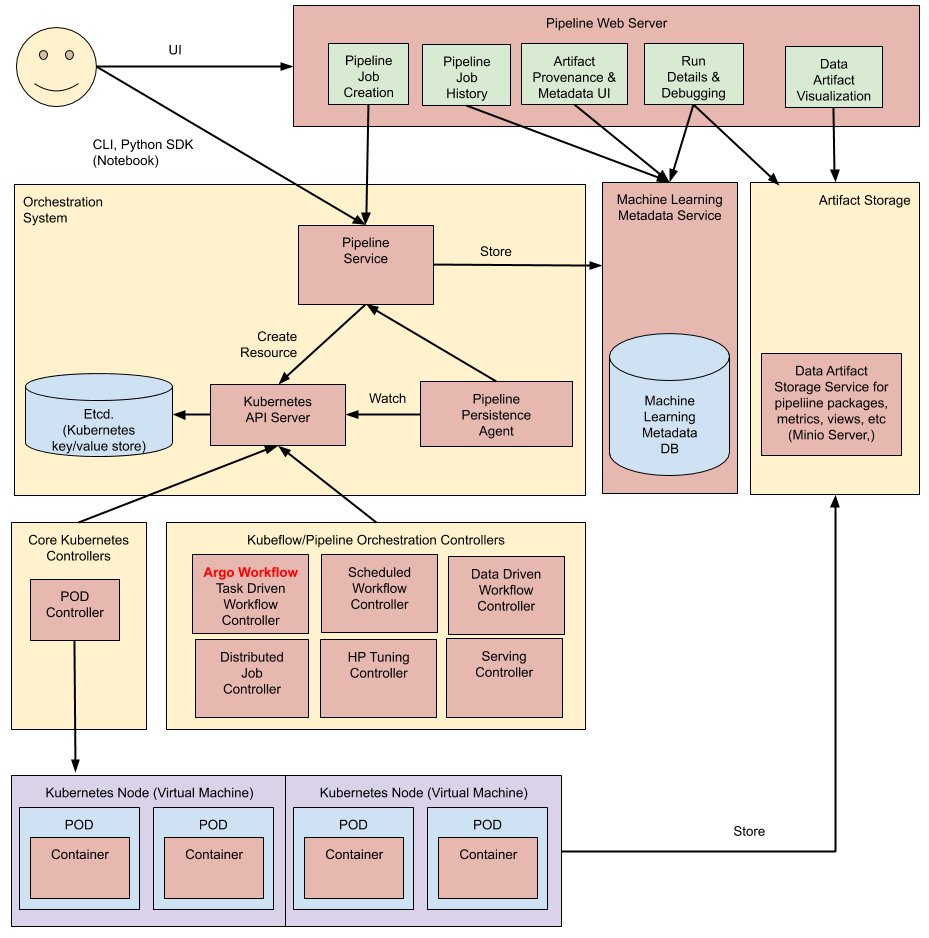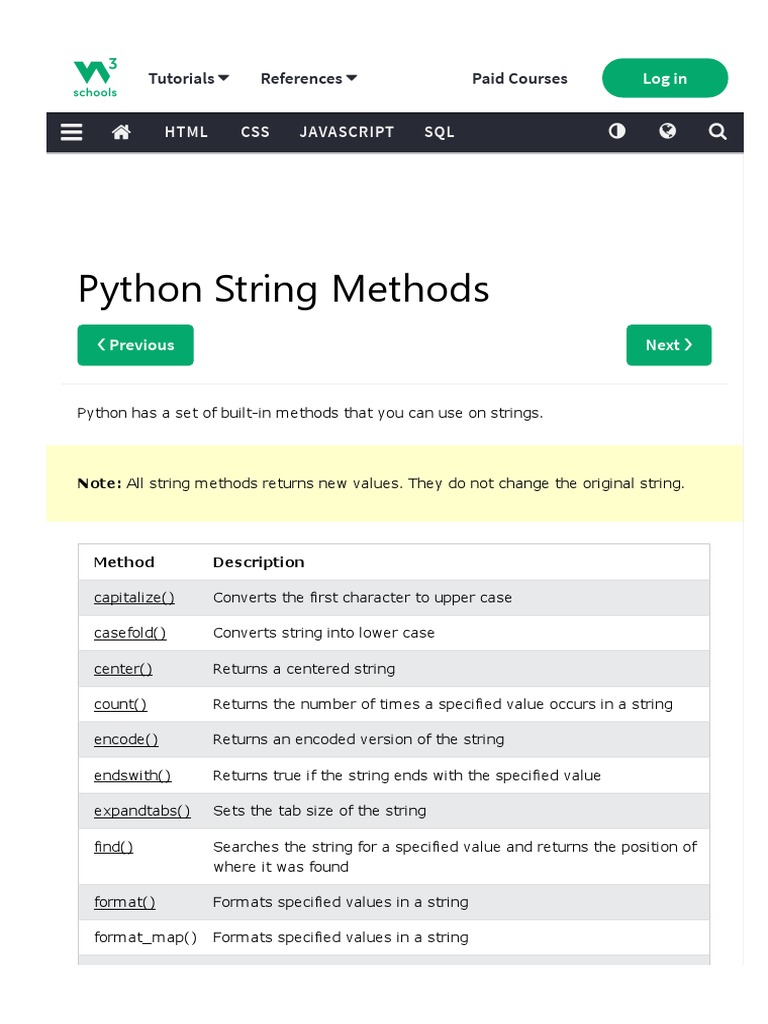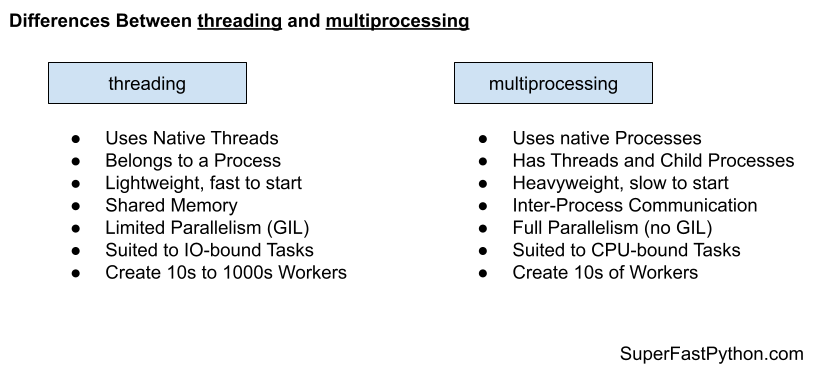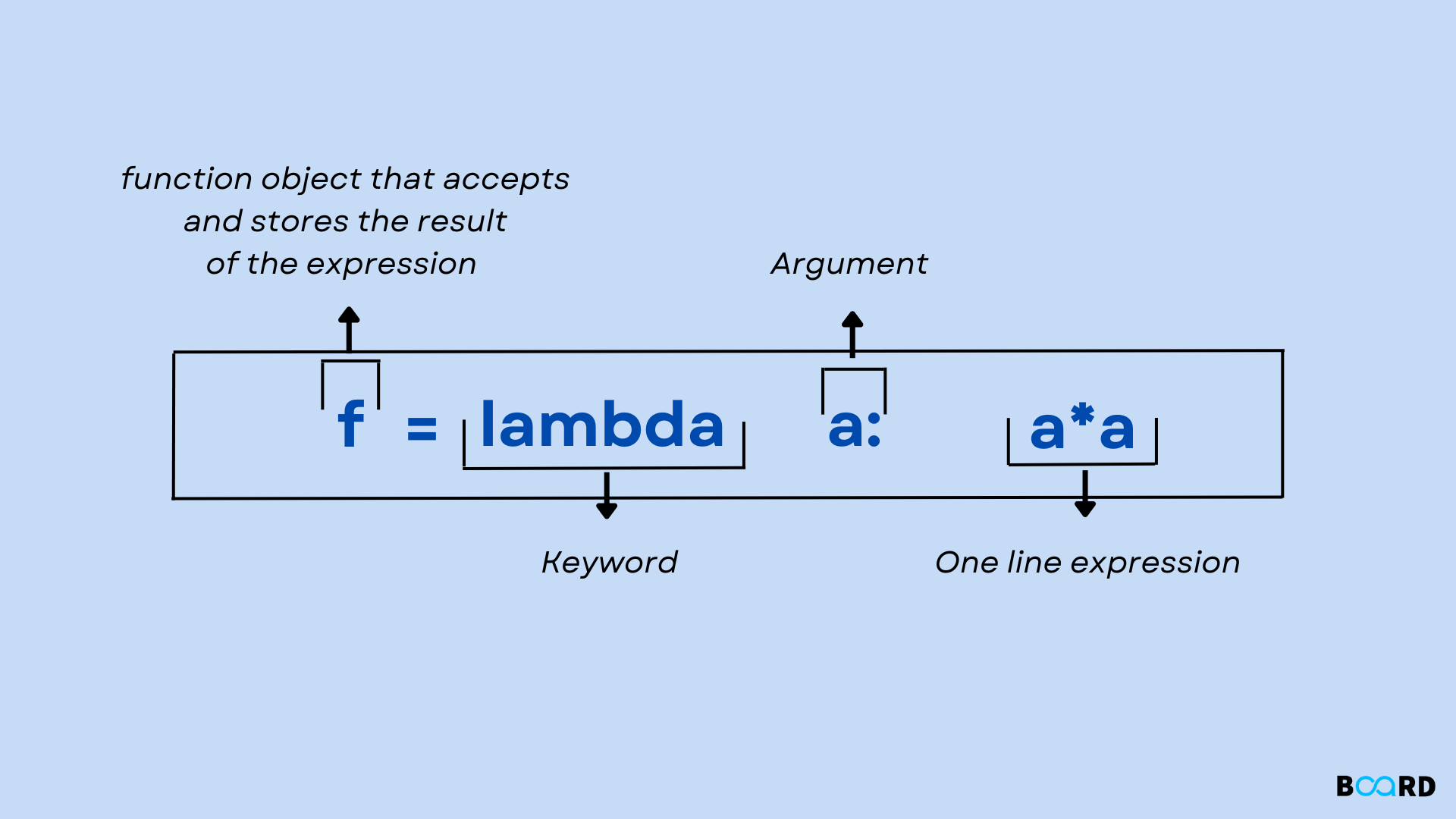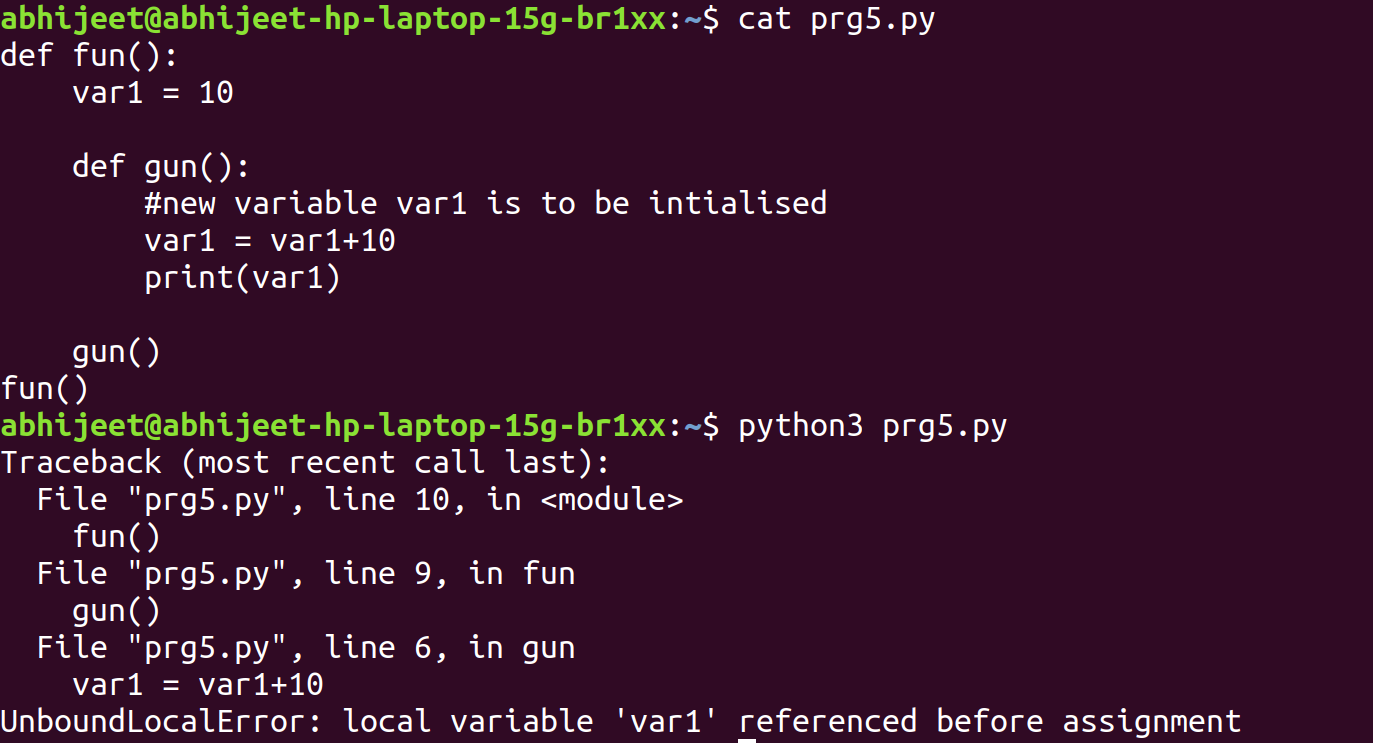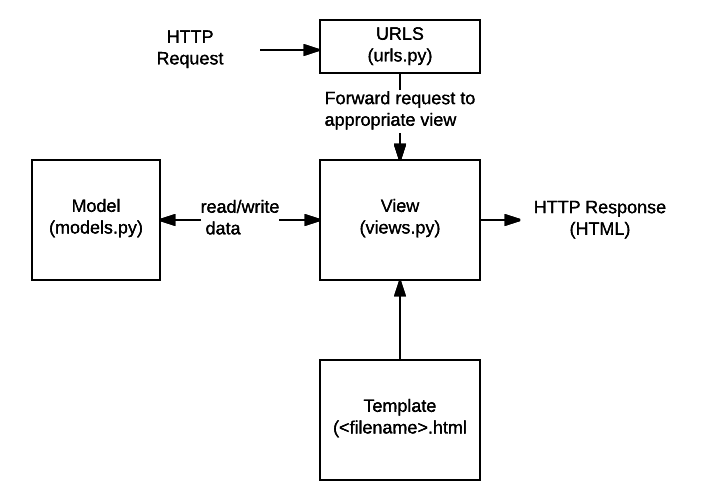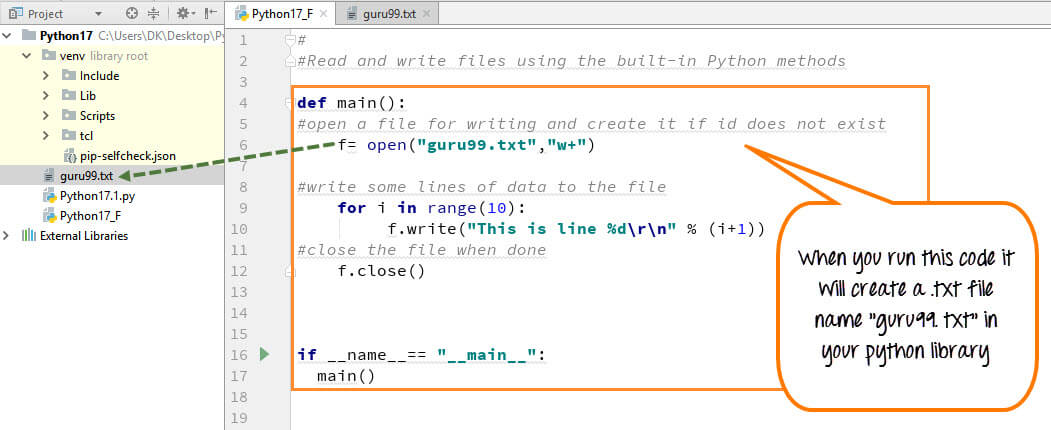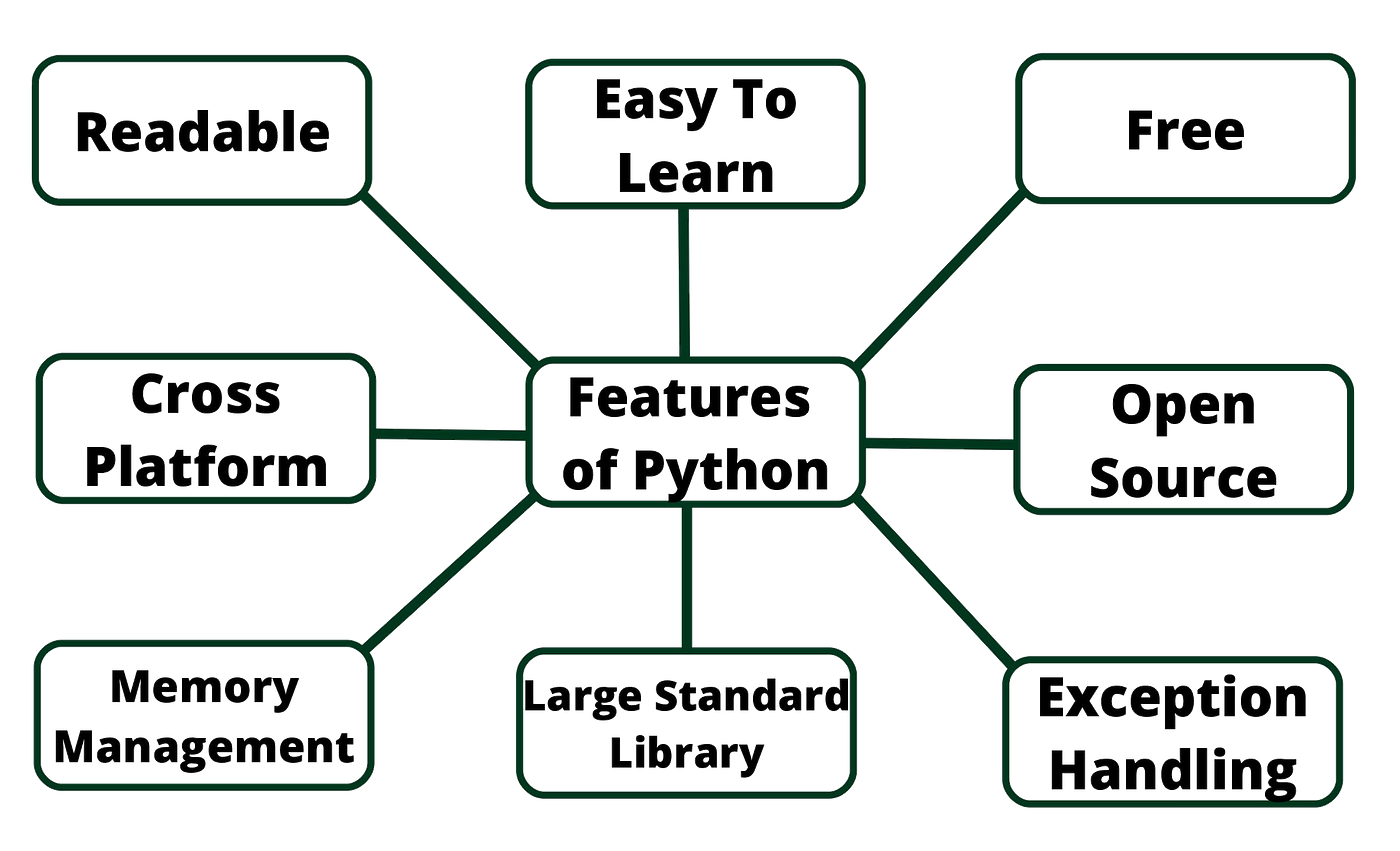python __iter__ example
python __iter__ example
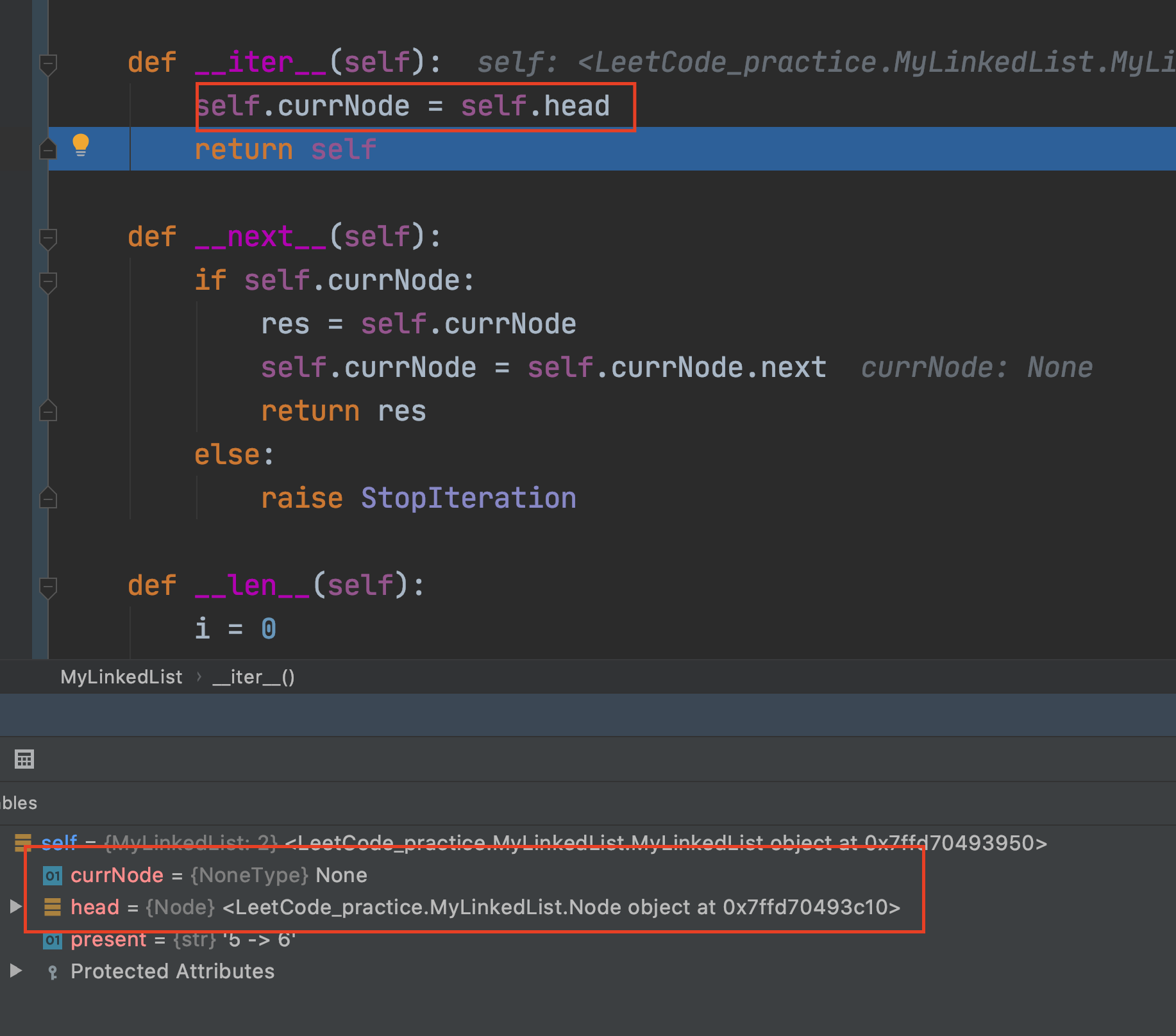
Here's an example of how you can implement the __iter__ method in Python:
class MyContainer:
def init(self, data):
self.data = data
def iter(self):
return MyIterator(self.data)
class MyIterator:
def init(self, data):
self.data = data
self.index = 0
def next(self):
if self.index >= len(self.data):
raise StopIteration
else:
result = self.data[self.index]
self.index += 1
return result
Usage:
data = [1, 2, 3, 4, 5]
my_container = MyContainer(data)
print("Iterating through my_container:")
for item in my_container:
print(item)
In this example, we have a MyContainer class that holds some data (in this case, a list of numbers). The __iter__ method returns an instance of the MyIterator class, which implements the iterator protocol.
The MyIterator class keeps track of its current position in the data using the index attribute. The __next__ method returns the next item from the data and increments the index. When there are no more items to return (i.e., when the index is equal to or greater than the length of the data), it raises a StopIteration exception, which signals that the iteration has ended.
In the usage example, we create an instance of MyContainer, which contains the list [1, 2, 3, 4, 5]. Then, we iterate over this container using a for loop. The iteration is performed automatically by Python's built-in iterator protocol, without requiring explicit calls to the __next__ method.
This is a very basic example of how you can implement iterators in Python. Real-world use cases for iterators include iterating over complex data structures like graphs or trees, where each node may have multiple children, and you want to visit all the nodes in depth-first or breadth-first order. Iterators are also useful when you need to iterate over a large amount of data that doesn't fit into memory, as they can process the data on-the-fly without requiring the entire dataset to be loaded at once.
In summary, iterators provide a way to traverse complex data structures, allowing you to perform operations like traversing trees or graphs. They are a powerful tool in Python's programming arsenal, and understanding how they work is essential for any serious Python programmer.
What is python __ iter __? for loop

I'd be happy to explain what python __iter__ is and how it relates to the humble for loop.
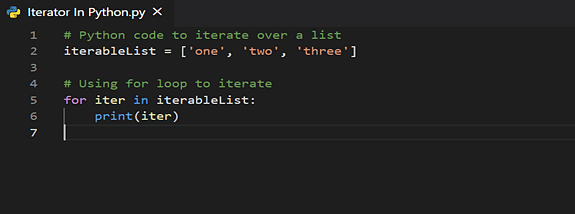
In Python, an iterator is an object that allows you to traverse a sequence (like a list or a string) and access its elements one by one. The __iter__() method is called on an object to check if it's an iterable, which means it can be iterated over using a for loop.
Let's start with the basics. When you create a list in Python, like this: my_list = [1, 2, 3], you're creating an instance of the built-in list class. This list object is iterable by default, which means it has an internal pointer that points to its first element.
When you use a for loop on this list, like this:

for item in my_list:
print(item)
Python's interpreter will automatically call the __iter__() method on the my_list object. This method returns an iterator object (usually implemented as a special type of object called a generator) that allows you to traverse the list.

Here's what happens under the hood:
Thefor loop iterates over the iterable (my_list) and calls its __iter__() method.
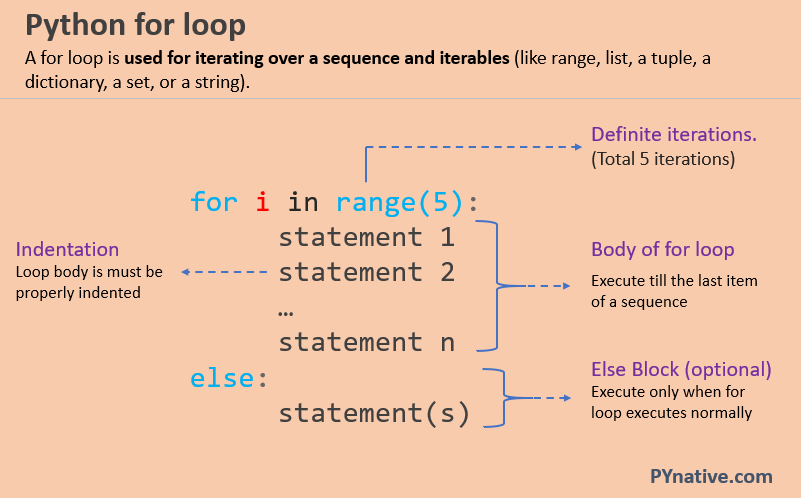
__iter__() method returns an iterator object (e.g., a generator). Python's interpreter then calls the next() method on this iterator object to get the next element from the sequence. This process continues until there are no more elements left in the sequence.
The beauty of iterators is that they allow you to treat different types of sequences (like lists, strings, dictionaries, and so on) uniformly using a for loop.
Now, what's the difference between __iter__() and __next__()? Well, __iter__() returns an iterator object, while __next__() is called on that iterator to get the next element. Think of __iter__() as the "init" method that creates the iterator, and __next__() as the "step" method that retrieves the next element.
In Python 3.x, there's also a __aiter__() method (async iterator) for asynchronous iteration, which allows you to write more efficient and scalable code when working with large datasets or performing I/O operations. However, this is beyond the scope of our discussion on for loops and iterators.
To sum it up: python __iter__ is a special method that returns an iterator object, allowing you to traverse sequences using a for loop. This fundamental concept in Python enables flexible and efficient iteration over different types of data structures, making your code more readable, maintainable, and enjoyable to write!



